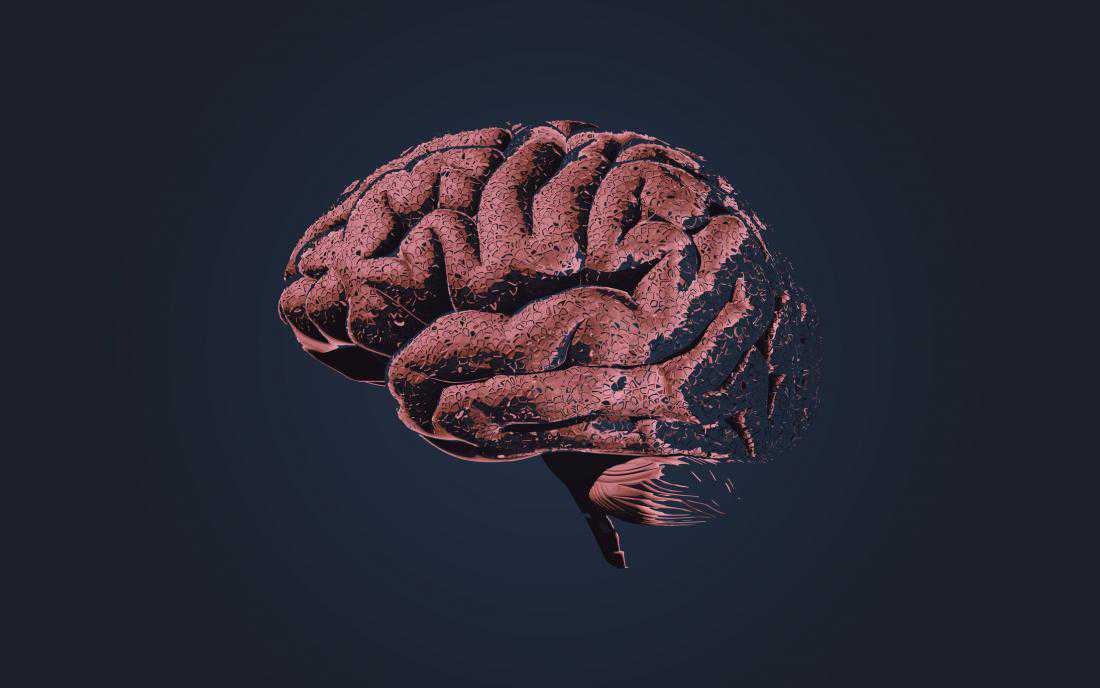Alzheimer's: What leads to brain cell damage?
22 January, 2019

Scientists have uncovered a mechanism through which a toxic brain protein that is a hallmark of Alzheimer's disease can damage neurons, or brain cells.
The team at the Grenoble Institute of Neurosciences in France that made the discovery also suggests a potential way to disarm the mechanism during the early stages of the disease.
The study concerns the functioning of dendritic spines, which are the tiny structures in the branching parts of brain cells that receive signals from other brain cells.
It appears that beta-amyloid, a toxic protein that builds up in the brains of people with Alzheimer's disease, triggers a mechanism that disrupts the functioning of dendritic spines.
The mechanism disables a protein called cofilin 1, and the activity of this protein is crucial for the healthy functioning of dendritic spines.
The Journal of Neuroscience has recently published a study paper on the research.
It describes how the team used brain tissue samples from mouse models and people with Alzheimer's disease to arrive at their findings.
A key finding was that exposure to beta-amyloid peptides, which are the building blocks of the toxic protein, led to an increase in the inactive form of cofilin 1.
"What is more," notes study co-author José Martínez-Hernández, Ph.D., who now works in the Department of Biochemistry and Molecular Biology at the University of the Basque Country in Spain, "the beta-amyloid peptides lead to fewer spines in the long term; when they cease to be functional, they are gradually lost over time."
Alzheimer's disease destroys brain connections
Alzheimer's is an irreversible brain disease that gets worse over time. It is the most common cause of dementia.
The disease erodes the ability to remember, think, and perform simple tasks, until people with Alzheimer's can no longer care for themselves. Most individuals begin to experience symptoms in their mid-60s.
According to the National Institute on Aging, experts believe that there are more than 5.5 million people living with Alzheimer's disease in the United States.
Different forms of dementia have different hallmarks. In Alzheimer's disease, the distinguishing features include a toxic buildup of beta-amyloid and another protein called tau and the loss of connections between neurons.
Neurons transmit information in the brain and carry signals from the brain to other parts of the body, such as organs and muscles.
The billions of neurons in the brain communicate with each other by sending and receiving chemical messages across "specialized structures" known as synapses. These structures come and go and strengthen and weaken, depending on experience.
The brain stores long-term information by changing the chemistry and structure of synapses. Scientists believe that the dynamic, fluctuating nature of synapses underpins memory and learning.
